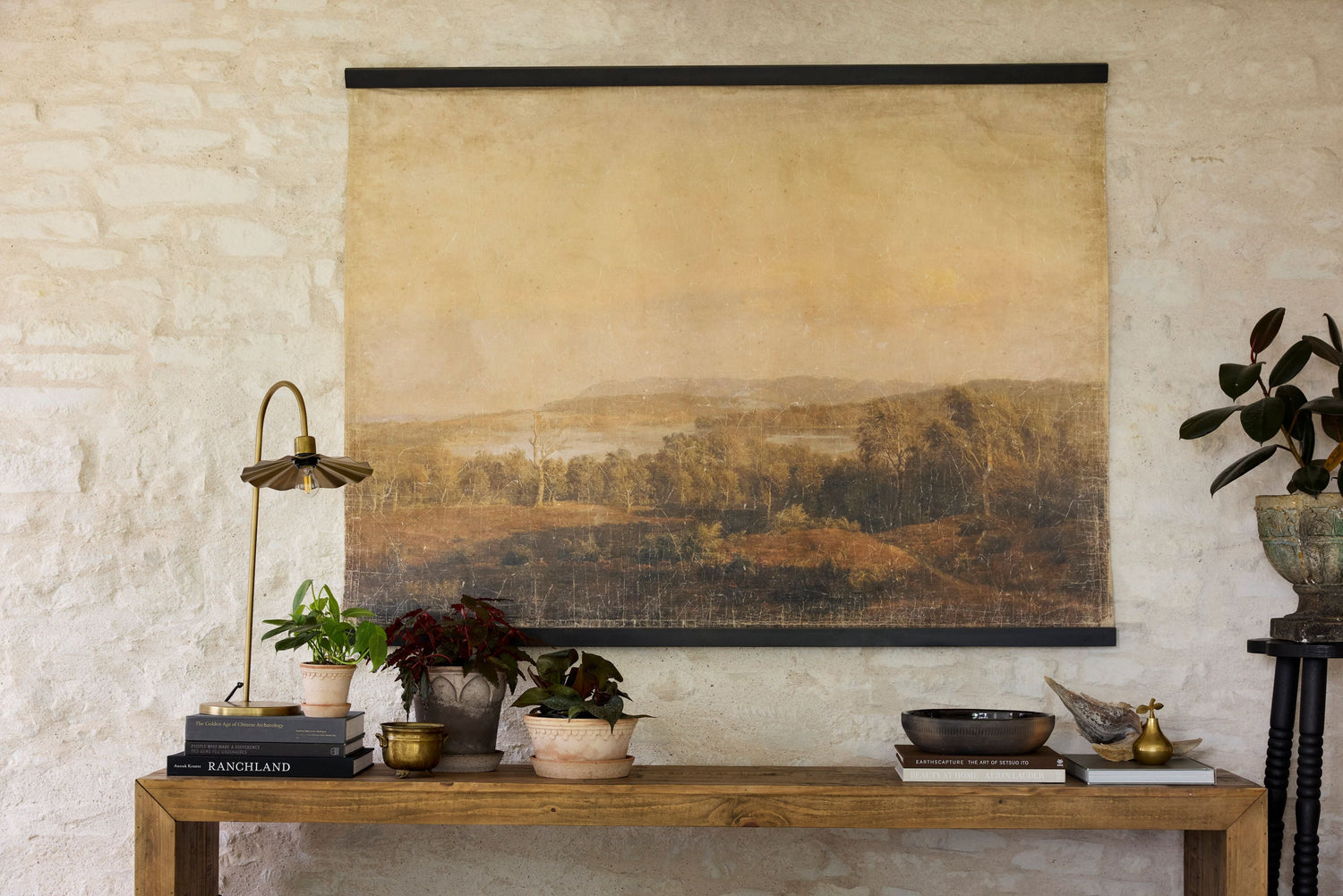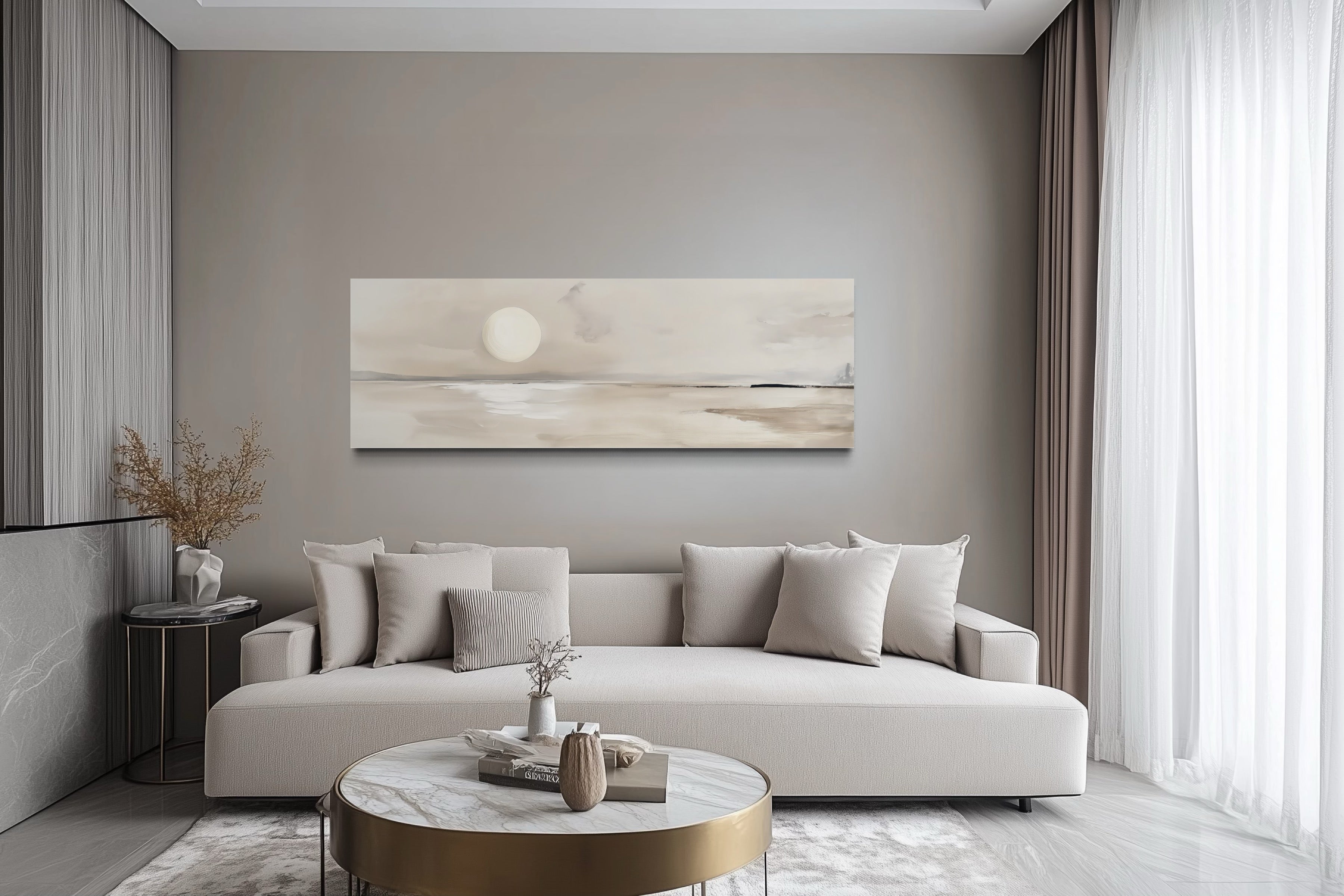Large Wall Art Behind TV: Transforming Spaces with Creativity
In the realm of interior design, large wall art behind TV has emerged as a captivating trend that transforms mundane living spaces into aesthetically pleasing environments. For professional photographers, this trend offers a unique opportunity to showcase their work and creativity in a highly visible and impactful manner. Utilizing large wall art not only enhances the visual appeal of a room but also serves as an expression of one's artistic vision.
Incorporating large wall art behind a TV is more than just a decorative choice; it's a strategic decision that can redefine the ambiance of a room. Professional photographers can leverage this space to display their finest works, turning a simple living area into an art gallery. This approach not only highlights the photographer's skill but also provides homeowners with a personalized touch that reflects their taste and style.

The Impact of Large Wall Art
For photographers, understanding the impact of large wall art is crucial. When positioned behind a TV, it can serve as a focal point that draws attention and sparks conversation. This is particularly important in modern homes where open-plan living spaces are common. A well-chosen piece of art can seamlessly integrate the TV into the overall design, creating a harmonious balance between technology and aesthetics.
Moreover, large wall art has the power to set the tone of a room. Whether it's a bold, colorful piece that adds energy or a serene landscape that brings tranquility, the choice of artwork can influence the mood and atmosphere. For photographers, this presents an opportunity to use their work to evoke specific emotions and create a desired ambiance.
Choosing the Right Art
Selecting the perfect piece of large wall art requires careful consideration. For photographers, this means choosing works that not only showcase their talent but also complement the room's existing dcor. Factors such as color scheme, style, and subject matter should all be taken into account. Additionally, the size of the artwork is critical; it should be proportionate to the wall and the TV to ensure a balanced and cohesive look.
One effective strategy is to create a gallery wall, combining several smaller photographs into a larger composition. This approach allows photographers to display a variety of works and create a dynamic visual experience. For inspiration on creating gallery walls, you can visit Pinterest.
Installation Tips for Large Wall Art
Installing large wall art requires precision and care to ensure it is securely mounted and aesthetically pleasing. Professional photographers should consider the height and placement of the artwork to optimize its impact. Generally, the center of the artwork should be at eye level, allowing viewers to appreciate it fully.
It's also essential to ensure the artwork is securely mounted, especially if it's a heavy piece. Using appropriate hardware and techniques is crucial to prevent accidents and damage. For detailed guidance on safe installation practices, check out our article on installing large art securely.
Creating a Cohesive Design
To achieve a cohesive design, photographers should consider the overall theme and style of the room. The artwork should complement the existing elements, such as furniture and color palette, to create a harmonious look. For instance, a minimalist room may benefit from abstract art, while a traditional space might be enhanced with classic photography.
Photographers can also experiment with different framing options to add depth and interest to their work. The choice of frame can significantly impact the presentation of the artwork, enhancing its visual appeal.

Exploring Artistic Opportunities
For professional photographers, the trend of large wall art behind TV opens up numerous artistic opportunities. It allows them to display their work in innovative ways and reach a broader audience. By showcasing their photographs in a prominent position, they can engage viewers and leave a lasting impression.
Additionally, this trend encourages photographers to think creatively about how their work can interact with other elements in the room. Whether it's through the use of color, texture, or composition, there are endless possibilities to explore and experiment with.
For more tips on using large art in different settings, visit our post on using large art in rental homes.
FAQs
Q1: How do I choose the right size for my large wall art behind a TV?
A1: To choose the right size, consider the dimensions of the wall and the TV. The artwork should be proportionate to the space, usually about two-thirds the width of the TV. This creates a balanced and visually pleasing effect.
Q2: What type of art is best suited for display behind a TV?
A2: The best type of art depends on the room's style and the emotions you wish to evoke. Abstract art, landscapes, and black-and-white photography are popular choices as they complement various interior designs.
Q3: How can I ensure my large wall art is securely mounted?
A3: Use appropriate hanging hardware and techniques to ensure the artwork is securely mounted. It's advisable to consult a professional or refer to resources like our guide on installing large art securely for detailed instructions.

